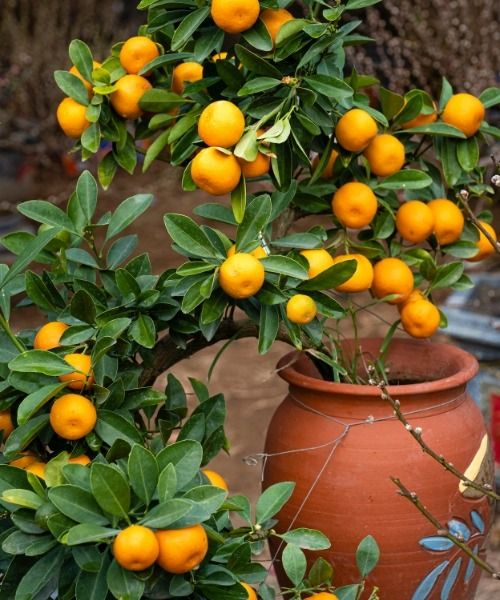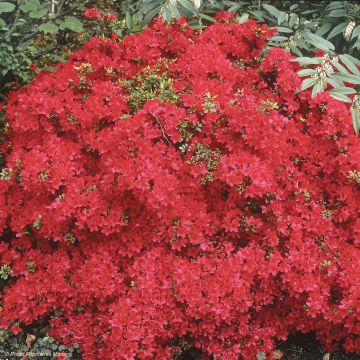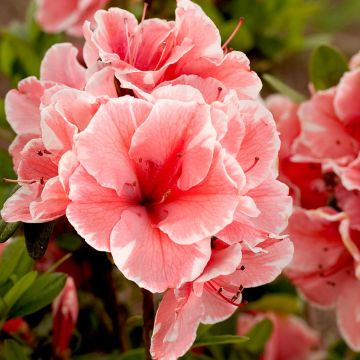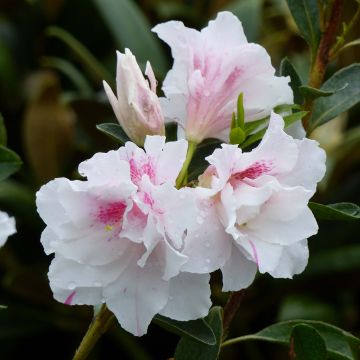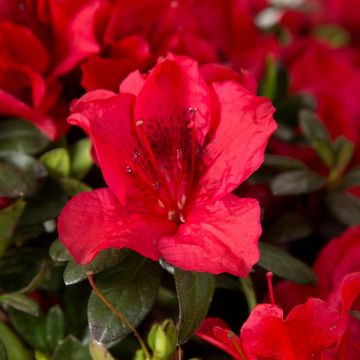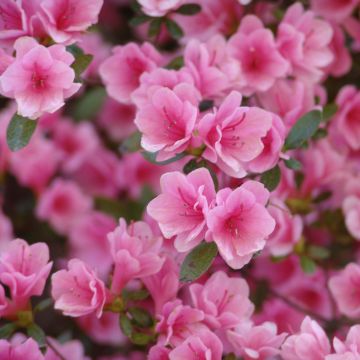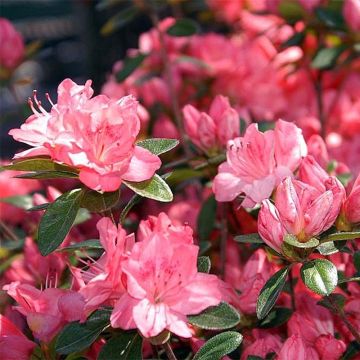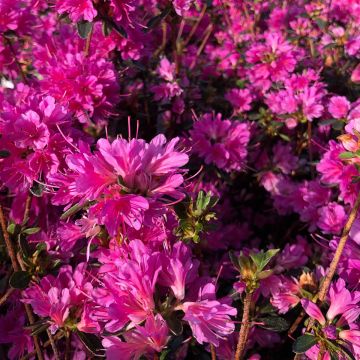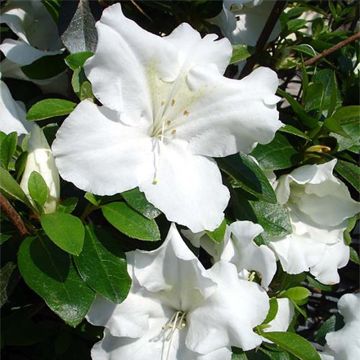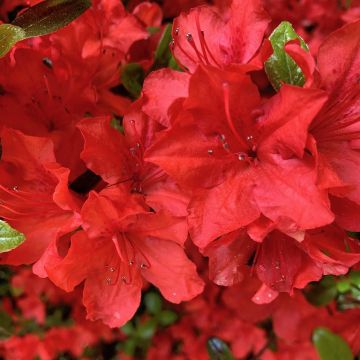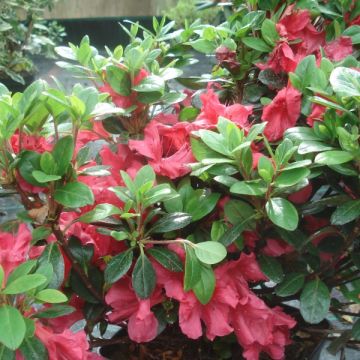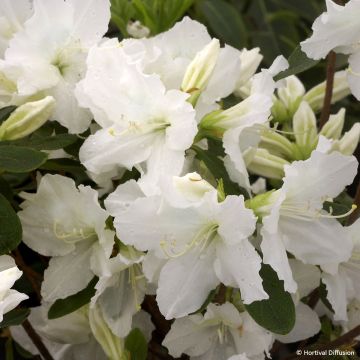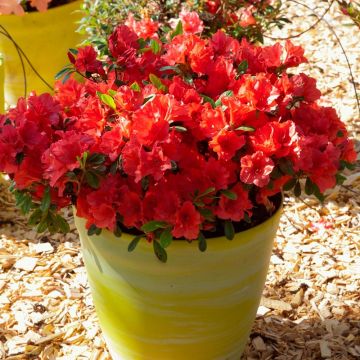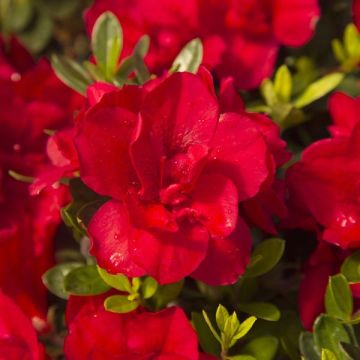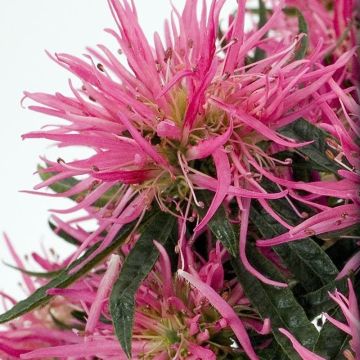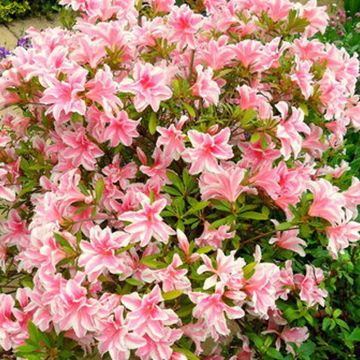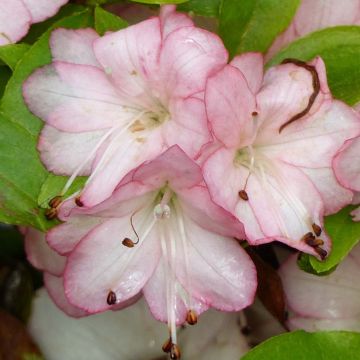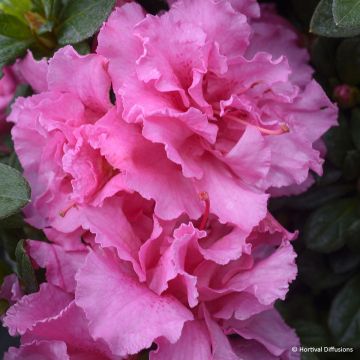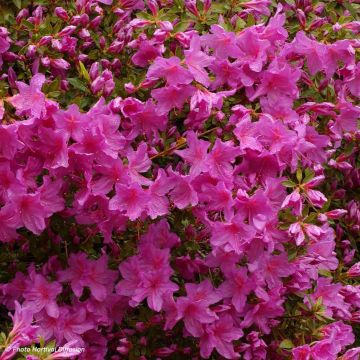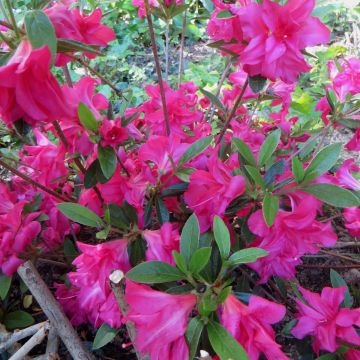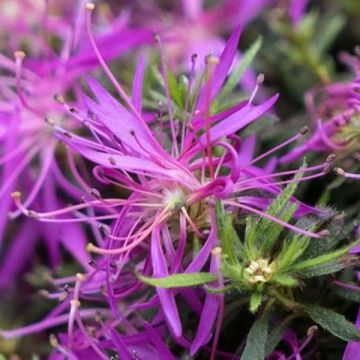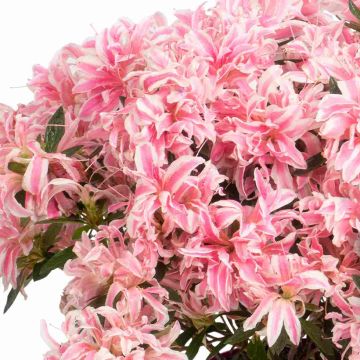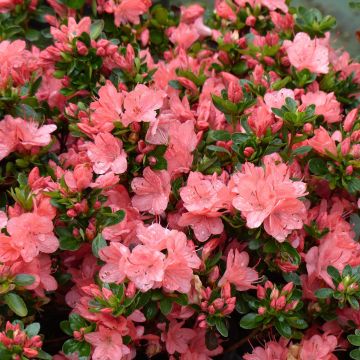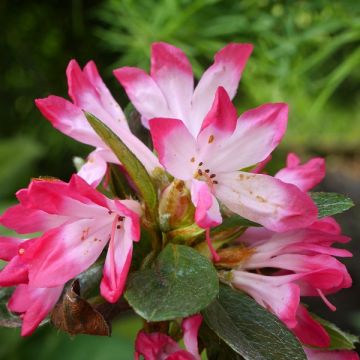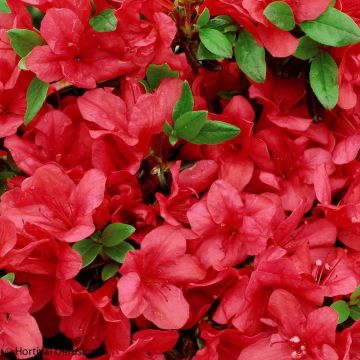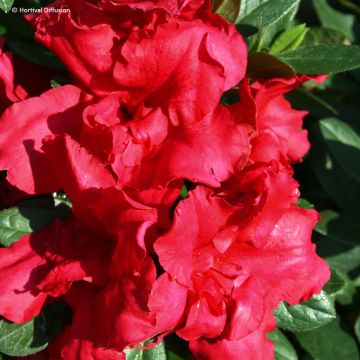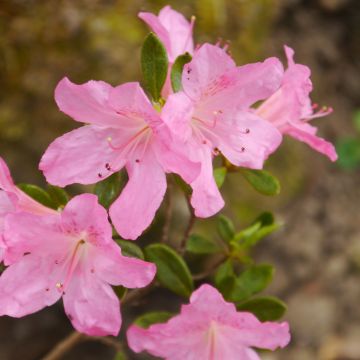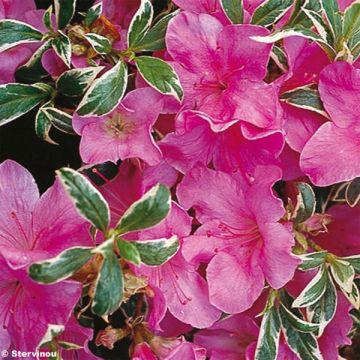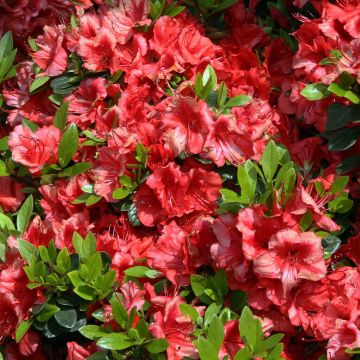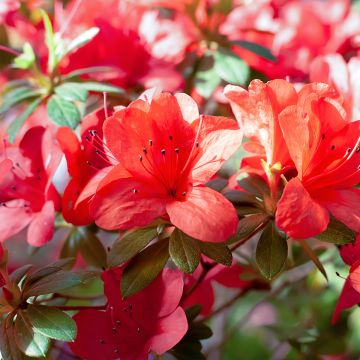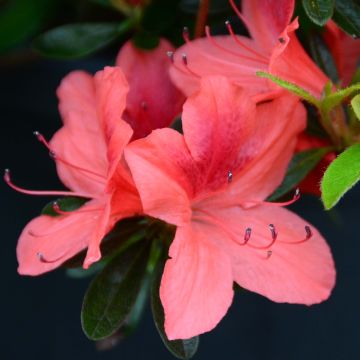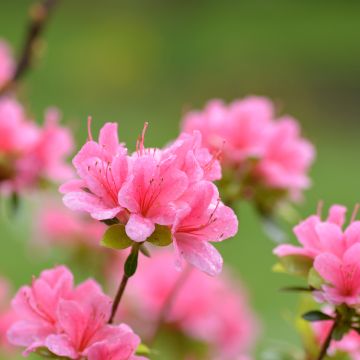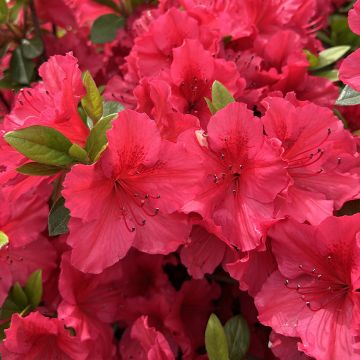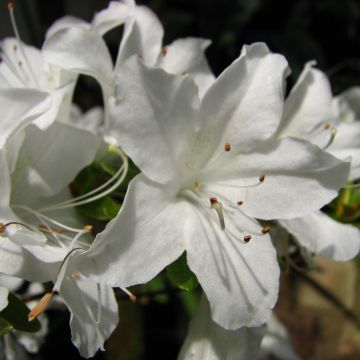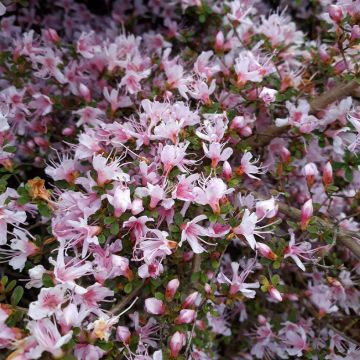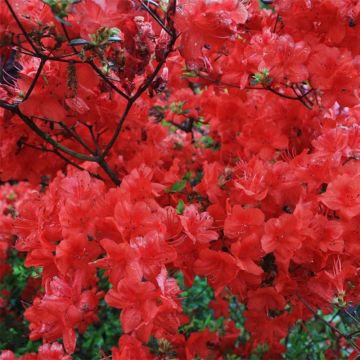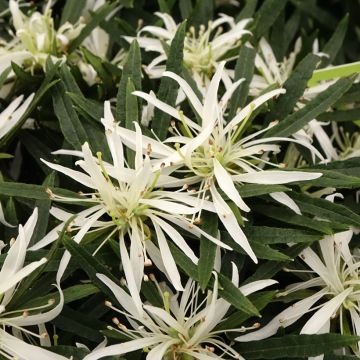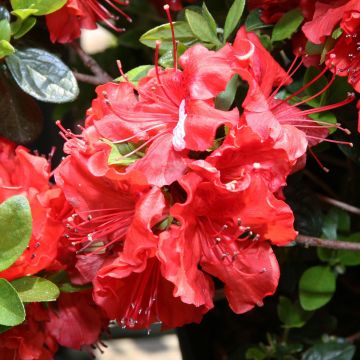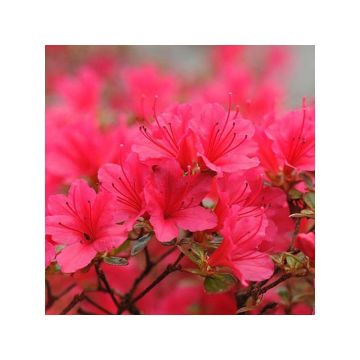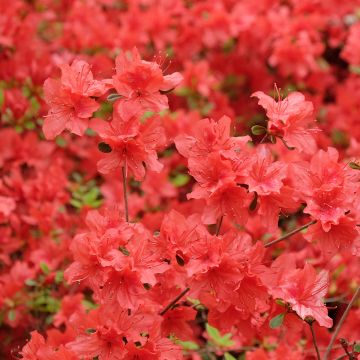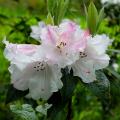Japanese Azalea
Would this plant suit my garden? Set up your Plantfit profile →
Available in 1 sizes
Available in 2 sizes
Available in 1 sizes
Available in 2 sizes
Available in 1 sizes
Available in 2 sizes
Available in 2 sizes
Available in 2 sizes
Available in 1 sizes
Available in 1 sizes
Available in 3 sizes
Available in 1 sizes
Available in 1 sizes
Available in 2 sizes
Available in 2 sizes
Available in 1 sizes
Available in 1 sizes
Available in 1 sizes
Available in 1 sizes
Available in 1 sizes
Available in 3 sizes
Available in 1 sizes
Available in 1 sizes
Available in 1 sizes
Available in 2 sizes
Available in 2 sizes
Available in 1 sizes
Available in 1 sizes
Available in 1 sizes
Available in 1 sizes
Available in 1 sizes
Available in 1 sizes
Available in 1 sizes
Available in 2 sizes
Available in 1 sizes
Available in 1 sizes
Available in 1 sizes
Available in 1 sizes
Available in 2 sizes
Available in 3 sizes
Available in 1 sizes
Available in 2 sizes
Available in 1 sizes
Available in 1 sizes
Available in 1 sizes
Available in 1 sizes
Available in 1 sizes
Available in 1 sizes
Available in 1 sizes
The Japanese Azalea, formerly known as Azalea japonica, is a slow-growing bush that over time forms a dense and bushy shrub with a wingspan of 1m (3ft) to 2m (7ft). Native to Japan, this ground-covering bush is characterised by its small evergreen leaves, glossy green colour, and its vibrant flowers, which come in various shades of pink, white, purple, or red depending on the variety. During the months of March-April, the bush is covered in a multitude of trumpet-shaped flowers, varying in width. Easy to cultivate, the Japanese azalea is a plant that thrives in acidic, humus-bearing, and light soil. It prefers partial shade and is ideally suited for ericaceous soil. Its root system is well-developed but not extensive, which makes it susceptible to heavy soils and prolonged periods of drought. To maintain soil moisture and acidity, a layer of shredded pine bark can be applied around the base of the bush every spring. Maintenance simply involves removing faded flowers in summer and pruning dead branches. Divided into two horticultural groups, the Rhododendron genus includes, on one hand, the Azaleas - Chinese and Japanese varieties - which have small, evergreen or deciduous leaves and five stamens per flower. On the other hand, there are the Rhododendrons, with their ample, glossy, evergreen foliage and flowers with more than ten stamens. Although highly debated from a botanical perspective, this classification is still widely used by horticulture professionals.
Haven't found what you were looking for?

































